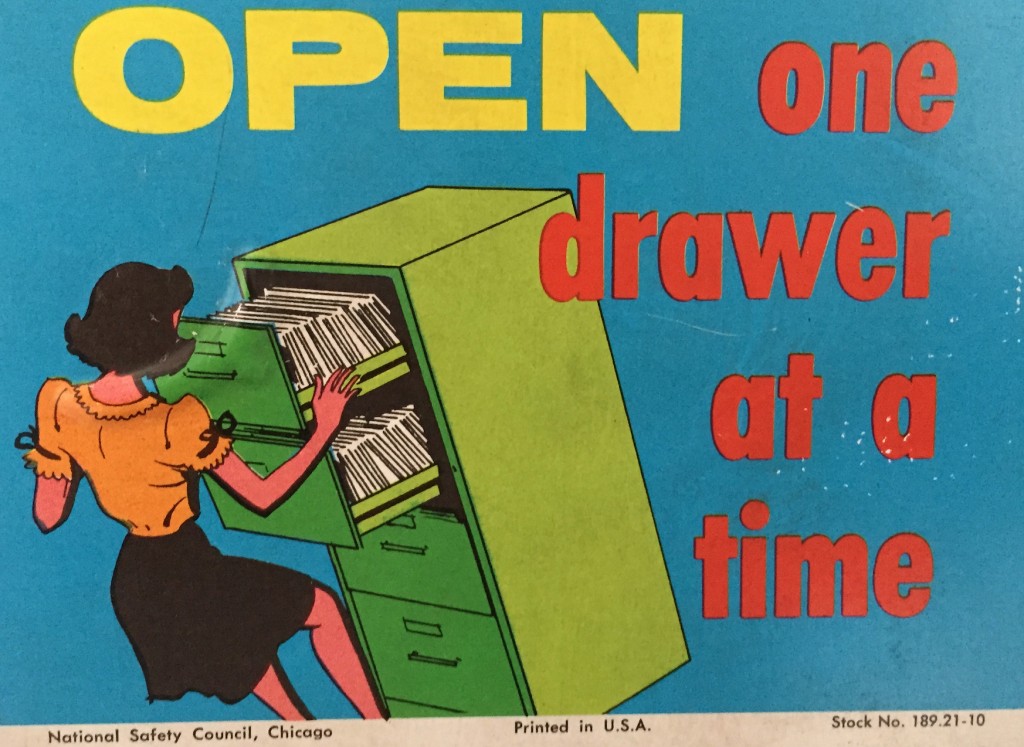A look around any number at city hall buildings in the greater Los Angeles area or the bay area of northern California will reveal some remarkable similarities. For example, if you are a Baby Boomer or on the older side of Generation X, what springs to mind when you remember the interior of public school buildings? Beige walls, embedded lockers, barbaric bathroom facilities, etc., and a general layout that was strangely familiar (when visiting) from one school to the next. Some of these layouts may have come from educational theory at the time and likely, that so many of the buildings were built about the same time.
Similarly, many city halls were constructed at about the same time, during infrastructure ramp ups in the height of the industrial era. But the configuration and layout of these buildings reflected management theory from that era as well – those rooted in an authoritarian construct. If you look at the average city hall layout, it would almost appear as though it was set up in order to create silos preventing communication and collaboration. These floorpans almost seem to connote organizational disfunction that was by design.
This reminds me of the excellent story of the Omnibus Series Wool. In this post-apocalyptic story, you have what is left of humanity living in a massive subterranean silo with various levels that were responsible for functions that kept the silo going: mechanical and power, healthcare, food, IT, administration, etc. But these levels of the silo, while interdependent on one another, did not generally cross pollinate in the social sense, and they certainly did not communicate well. As the story unfolds, you discover the intentional impediment to both communication and cooperation among the various communities. And they certainly struggled at real problem solving, such as how to eventually live outside the silo. Something within the protagonist kept telling her, “we weren’t supposed to live like this.” (By the way, if Hugh Howey saw his great story being used to illustrate this point, he might recommend that I be ‘sent out to cleaning’.)
Back to city hall layouts. My guess is that the contribution to disfunction was not by design, and that the layouts may have worked well in an era that was highly stable and very slow to implement changes reflected in advancements in business and society. But that brings us to this present time.  Irrespective of what may have worked in the past, why do such physical and organizational silos still exist? I think the root of the problem was captured well in Government Finance Review:
Irrespective of what may have worked in the past, why do such physical and organizational silos still exist? I think the root of the problem was captured well in Government Finance Review:
Many local government managers have long appreciated the potential benefits of breaking down silos – the barriers that exist between specialized functions – within government. However, for just as long (and usually successfully), silos have resisted integration. There is a good reason why silos persist: Different tribes of government workers, such as police, fire, building inspectors, and even public finance, benefit from having distinct languages, cultures, and work processes, which help organize the complexity of highly specialized professional endeavors.
This problem is not easily remedied, and there are as many organizational and physical challenges are there are people within these work spaces. The article goes on, “Why, then, despite the impressive gains that can be achieved, don’t silos cooperate more often? It is because the human brain makes sense of complexity by storing information in categories.”
So what strategies will begin to change this culture? It begins with leadership and vision. What worked in a different era may have little relevance today. Where a system, framework, guideline, rule or even workspace only exists because it always has, is probably in need of significant evaluation and assessment. This is especially true given that the largest working group (sub-cohort) in the prime working age bracket of the workplace is now between the ages of 25-29. The age of memos and silos has long past, it’s high time we acknowledged it.




